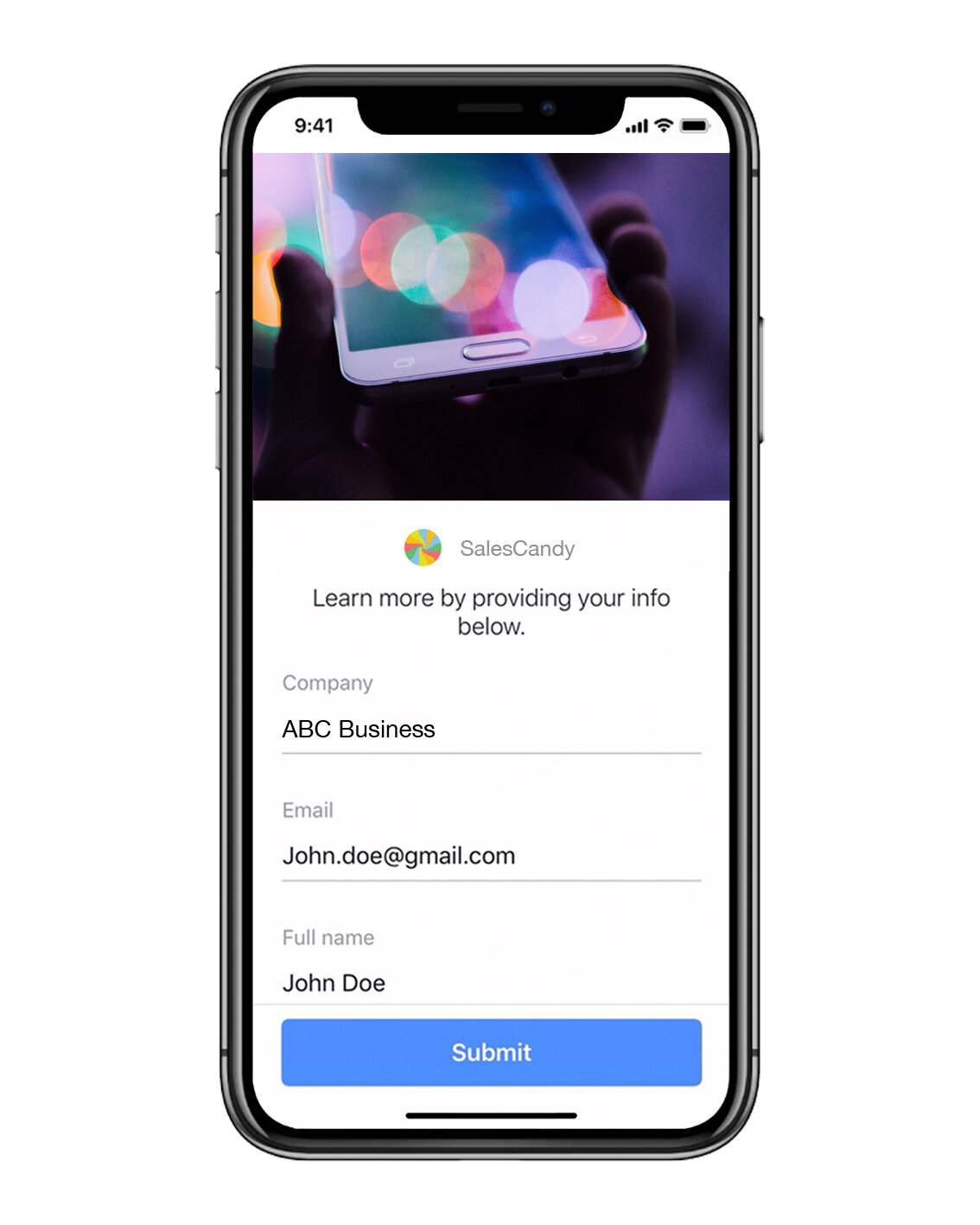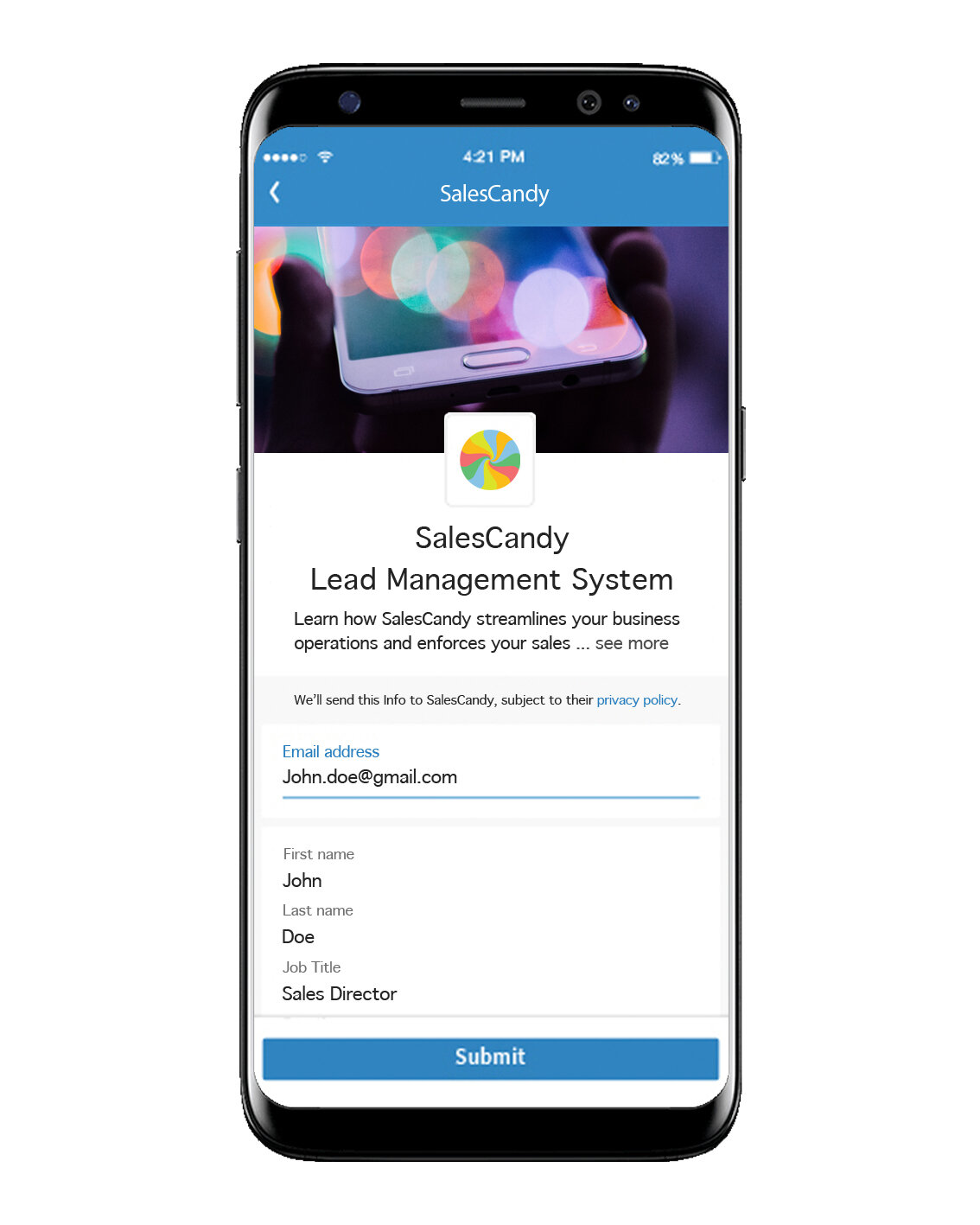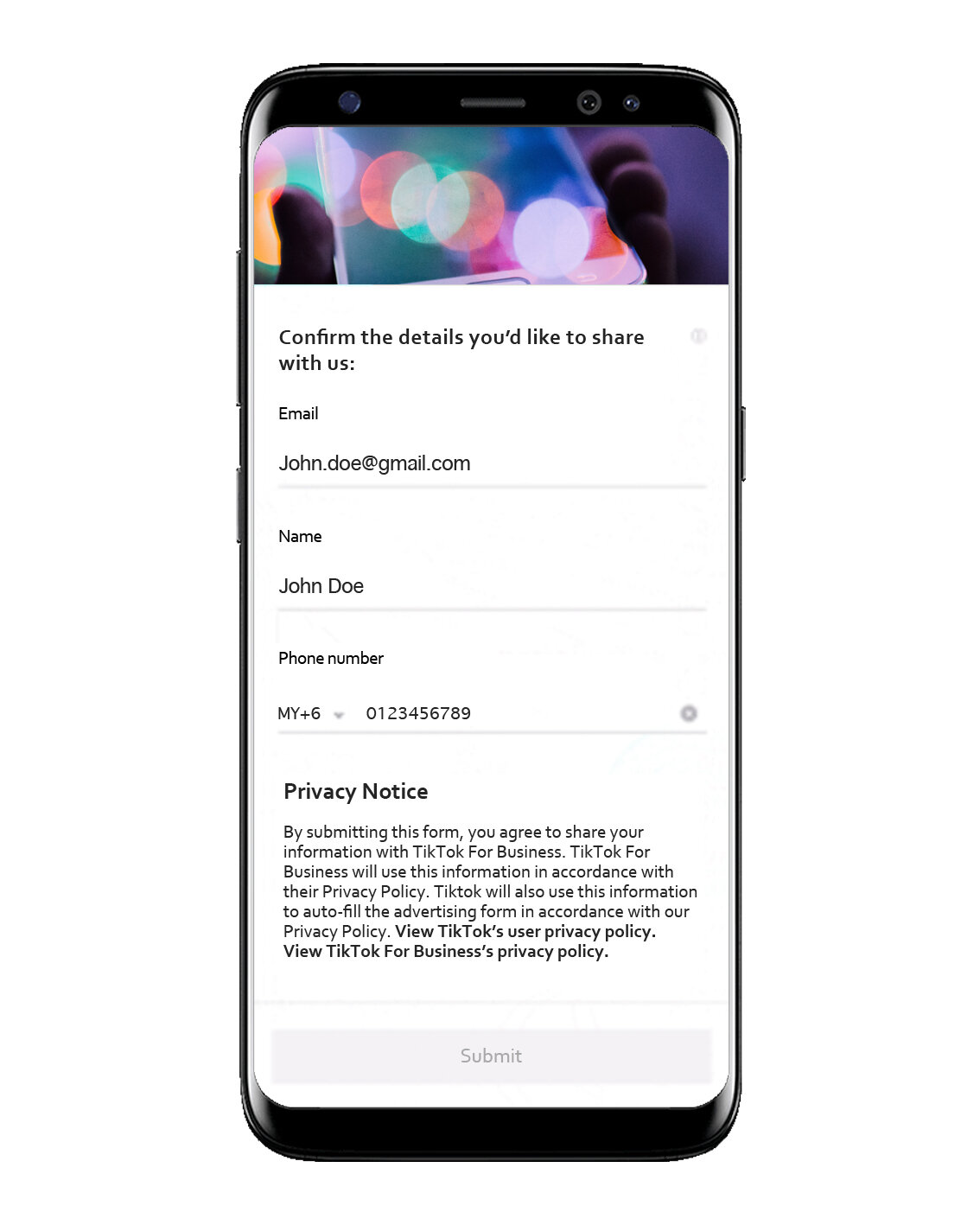2021 breakdown of lead generation ads: Should you use them? What are the options?
Which is better: A high volume of low quality leads, or a lower volume of higher quality leads?
This is a constant dilemma in lead generation campaigns, and every marketing and sales manager wishes they could choose the third, elusive option: A high volume of high quality leads.
When planning a digital advertising campaign, you will inevitably reach the stage where you have to select which advertising platform you want to run your ad on. Facebook? LinkedIn? Google? TikTok? And these services will ask you which type of ad you want to run. Conversion ads? Brand awareness? Lead generation?
In a lead generation campaign, the key choice is between conversion ads and lead ads. Conversion ads are your typical click-to-site ads, where the user will be taken to the product’s web page or company website to learn more and ultimately fill in and submit a lead generation form. A lead ad, on the other hand, removes the external site from the journey and facilitates the lead generation within the ad platform itself.
In general, lead ads generate far more leads than conversion ads, due to their sheer ease of use, but their conversion rates vary—as user behaviour itself varies across different platforms, and ad performance might be different for different businesses and products. So is there a way to reap the quantitative benefit of lead ads while maximising the qualitative returns? Let’s find out.
In this article, we’ll look at:
What lead ads are and how they enhance the lead-to-sale journey
The tradeoff between quantity and quality in lead generation
A breakdown of lead ads across the main advertising platforms
What are lead ads and why should you include them in your lead-to-sale process?
Lead ads are ads that enable on-platform lead generation. When someone clicks on your ad or call-to-action, they’re not taken to an external website or landing page, the way they are with most digital ads. Instead, a lead form appears within the platform (e.g. Facebook, Google) itself; in this form, they can enter their personal and contact information, submit the form, and instantly become a lead, without having to ever leave the page. In many cases, they might not even need to enter their details, as the media service might have saved and will auto-fill it for additional convenience.
You can probably see immediately how fantastic this is for generating a high quantity of leads. The fewer actions a user has to carry out, the lower the chances are of them dropping off midway during the process. Upon seeing your ad, a viewer (who may not even have heard of you before) can become a lead in a matter of two easy clicks. Of all ad types, lead ads are hands down the best for attaining high numbers of leads.
If all you want is lots of leads, lead ads are the way to go.
Lead ads rise up amidst the aftermath of iOS 14
Since Apple released the iOS 14 updates, advertisers have lost a lot of visibility on user behaviour, which directly impacts data collection and tracking as well as ad targeting performance. Because most iOS users (around 89-96%) have opted out of having their app activity tracked across multiple companies’ apps and websites, we stand to lose troves of valuable data every time a user switches from one app to another. Even though you might have their lead information through your landing page form, you won’t be able to tell what led them to your site, and which ads perform better than others.
By using lead ads, you can contain all user activity from ad to lead within the same app, thereby ensuring the completeness and continuity of the data received, and maintaining substantial visibility over the leads you generate.
Quantity vs. Quality in lead generation
Of course, the exceptional ease of submitting an enquiry through a lead ad means that more users are likely to do so—even those who are not strongly interested in making the purchase in the end. This is because no commitment, or investment (of time or effort), is required in the lead generation process. Contrast this with a link ad that requires the user to visit a new website, process brand new information, make a few calculated selections, and enter their personal information manually, before submitting the enquiry. By this point, anyone who is only half-interested in your product will probably have dropped off—leaving only a handful of highly committed, high-quality leads. The opposite is true for the much more convenient lead ads.
Therefore, there is a clear tradeoff between quantity and quality when you use lead ads in your lead generation campaign. However, the advertising platforms are aware of this, and so they compensate for it by offering a lower cost-per-lead for leads generated by lead ads. So if your primary goal is to generate a high volume of leads, which you are ready to manage efficiently with a reliable lead management system (LMS) and an adequate sales force, lead ads are a good choice.
Note: Because of the low commitment by these leads, they might even forget that they ever came across your product or company—so in order to reduce the chances of dropped leads due to loss of interest, make sure you have an effective contact cadence strategy in place, and enforce it with the right tools.
Other considerations
Lead ads are also perfect for when you don’t want to, or can’t, link your ads to a web page. Perhaps your website has not been worked on for awhile, and you’re not confident in its ability to drive conversions. Or perhaps you’re testing a new product and don’t have a page ready for it. Instead of spending the time and money to prepare your website to facilitate the lead generation process, you can forgo it entirely and use lead ads, which are just as easy to set up as they are to use.
All that said, the extent of the benefits of lead ads varies across businesses and industries, and the question of whether they are better than other ads is not always clear-cut. If you’re in the position where you’re not sure whether quantity or quality should be the priority for your business, it’s probably worth trying out lead ads—considering how easy they are to set up and how affordable they are to run. What you can do is conduct A/B testing on your campaigns, where the only independent variable is the type of ad (i.e. lead ad or otherwise). This way, you can see for yourself and be absolutely certain whether lead ads are effective for your product’s sales efforts or not.
A breakdown of lead ads across the main advertising platforms
While lead ads function in the same way on all media platforms (in that they enable single-platform/in-app lead generation), their execution and performance vary slightly. Nearly all the major advertising platforms (Facebook, Google, LinkedIn, Instagram and TikTok) offer some version of an instant lead generation form, which can be attached to any standard paid ad as an extension. However, there are also other manifestations of the lead ad, such as Click-to-Messenger and Click-to-WhatsApp, which take the user to a chat conversation (with automated message prompts) with your business.
1. Facebook Lead Ads
Description: Each lead ad consists of 1x ad unit (image or video) + 1x Instant Form
Behaviour:
User clicks on ad unit
Instant Form appears
User enters contact info
User clicks submit
2021 standard lead-to-sale conversion rate: 1-3%
Description: Each ad (multiple formats available) on a Google property (e.g. YouTube) can be attached a lead form extension
Behaviour:
User interacts with ad and opens lead form
User enters contact info
User clicks submit
2021 standard lead-to-sale conversion rate: 3-5%
Description: Each ad can be attached a Lead Gen Form
Behaviour:
User clicks on ad
Form appears with profile data automatically populated
User clicks submit
Description: Each lead ad consists of 1x ad unit (image or video) on Instagram feed + 1x Instant Form
Behaviour:
User clicks on ad unit
Instant Form appears
User enters contact info
User clicks submit
Description: Each ad can be attached an Instant Form
Behaviour:
User clicks on ad’s CTA
Instant Form appears
User shares contact information, learns about your business, answers your questions, schedules appointment
User clicks submit
Description: Facebook, Instagram or Messenger Inbox ads that send users to a Messenger conversation with your business
Behaviour:
User clicks on ad
Private Messenger conversation with your business appears
User receives your predetermined, automated Messenger content (e.g. questions about their needs and contact details)
User responds to your content with text or buttons
Description: Using a URL or QR code, you can direct users from your ad straight to a WhatsApp chat with your business number. Although this is not technically a lead ad, and involves the user switching from one platform to another, the process is immediate and no less convenient than an in-app lead form. Plus, you will not lose any data tracking visibility if you use WhatsApp Business API within SalesCandy’s LMS, which tracks the entire lead-to-sale journey from start to finish.
Behaviour:
User clicks on URL or scans QR code
WhatsApp chat with your business appears
User receives your automated message prompt with custom menu of responses
User responds to your content with text
Lead ads will almost definitely increase the volume of leads you generate through digital ads. As long as you have the means to distribute, manage and follow up on each of these leads with an effective contact strategy, it’s worthwhile considering using lead ads in your next ad campaign.









